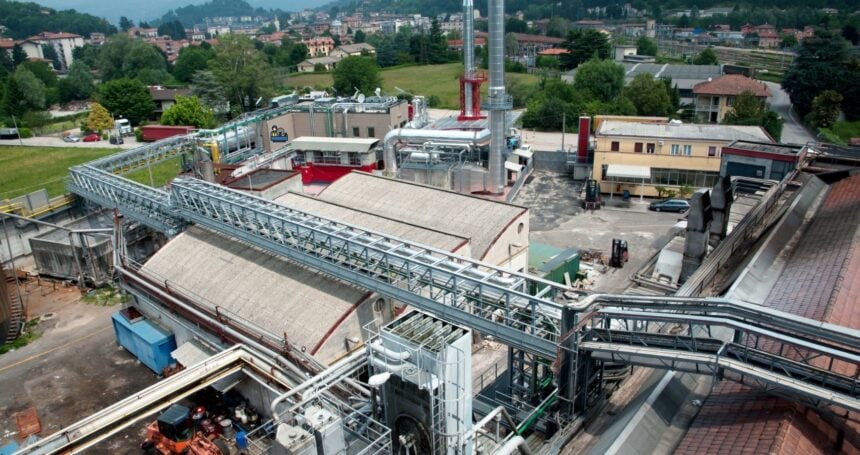Kap Paper’s newsprint mill in Kapuskasing, Ontario will start bringing workers back after receiving nearly $30 million in combined government support, easing uncertainty for a community that has been on edge since the plant began idling lines at the end of September.
The federal government has offered a $12 million repayable contribution and Queen’s Park is adding $16.8 million to stabilize operations while management works on a longer term plan.
The move comes three weeks after Kap Paper warned it would wind down production without immediate federal help that standoff triggered a wave of pressure from local leaders and suppliers across Northeastern Ontario who depend on the mill’s demand for wood chips and other byproducts.
A company statement now points to a phased return, with timing tied to cash flow and logistics as the funds are deployed.
Ottawa has framed its contribution as a one time bridge while the company develops a pivot strategy to stay competitive.
Ontario’s latest package is structured to keep the plant running while management revisits capital needs and product mix, including options to modernize energy use.
The province previously extended loans earlier this year to buy time, underscoring how exposed the local ecosystem has become to market swings in newsprint and softwood.
One immediate beneficiary is GreenFirst Forest Products, which supplies the mill and relies on it to absorb sawmill residues.
The company welcomed the restart, calling it a stabilizing force for chip markets and a relief for towns that orbit the forest sector.
Ottawa’s letter to the company says the funding will come through two programs at the Federal Economic Development Agency for Northern Ontario and will be tied to milestones and regular financial reviews.
In plain terms, the money is meant to prevent a disorderly shutdown while management maps out a more sustainable path for the mill.
The federal offer does not pre judge future capital decisions, but it buys time for options such as energy upgrades that could lower operating costs and carbon intensity.
Ottawa said there were supports on the table to keep the Kapuskasing mill open. Local officials warned of damage to the regional economy if the shutdown stuck, recalling the moment when a Northern Ontario paper mill was shutting down after Ottawa refuses support.
The restart reduces immediate supply chain risk for sawmills and trucking firms across Northeastern Ontario and should temper residue disposal costs that spiked when Kap Paper paused lines.
It also arrives as wood products face a more complicated trade backdrop and U.S. demand that has softened from pandemic highs.
Trade policy bears watching too, broader tariff actions, including moves that hit home goods such as a 10% duty on lumber, can filter back through prices and volumes for Canadian producers.
Restarting a complex facility after a cash squeeze requires careful sequencing of maintenance, inventories, and customer deliveries.
The bridge financing should help, but the mill still needs a credible plan to diversify products or cut structural costs to ride out the industry’s long downcycle.



















